... neuere Einträge
Donnerstag, 19. Mai 2011
Donnerstag, 19. Mai 2011
Day 75-77: China: Qingzhou - 7376.71 km later
77 days later, 7376.71 km away from Saint Petersburg, a four hours train ride from Beijing...QINGZHOU! Yes, I arrived at the easternmost point of my journey where yet another museum was waiting for me.
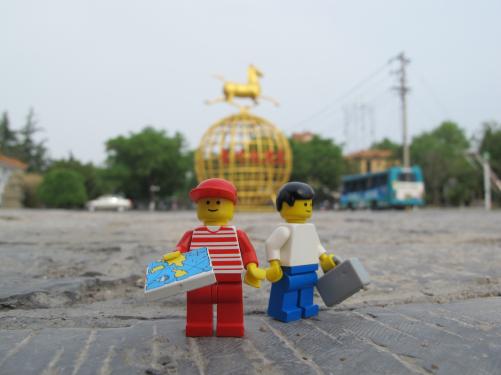
"Welcome in Qingzhou!"
For most of the people the ancient city of Chang'an, modern Xi'an, was the terminus of the ancient Silk Road. However, archaeological finds prove that this is not true. The trading routes went much further to the east, all the way to the coast of eastern China, even to Japan and Korea. The city of Qingzhou was one of those eastern trading centers where people from the Western Regions and Central Asia settled and integrated into the Chinese society.
Not only goods travelled along the ancient Silk Routes, but also ideas and religions. One of the most important archaeological finds was made on the premises of Qingzhou's Longxing temple in 1996. About 400 Buddhist sculptures, mostly dating from the 6th century, were accidentaly found during construction works. They were burried in an act of Buddhist piety in the first half of the 12th century, as a consequence to the persecutions initiated by teh Song dynasty emperor Huizong, a devoted Daoist.
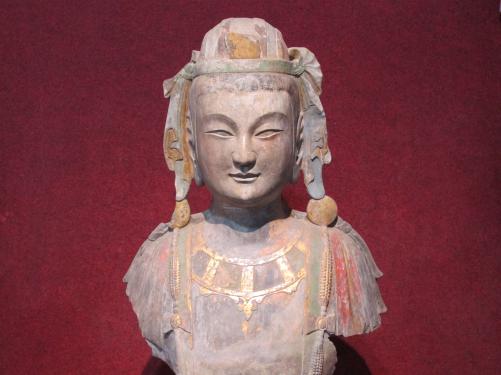
"Venus of the East"
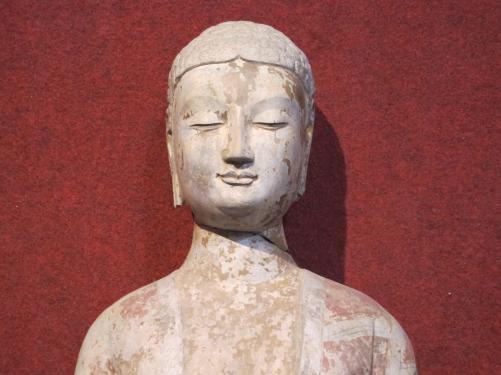
Sculpted or alive?
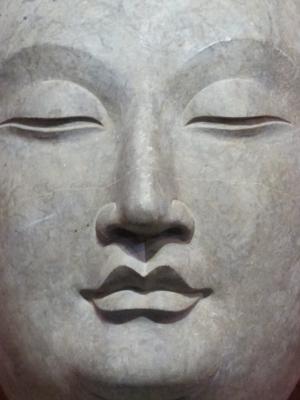
Buddhist sculpture from Qingzhou
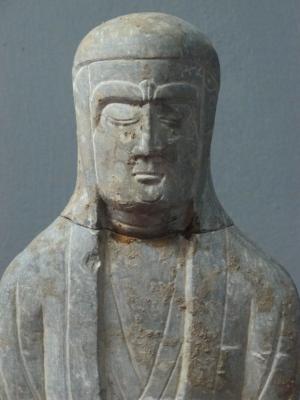
Buddhist arhat or western knight?
Traces of Buddhism can not only be found inside the Qingzhou museum...
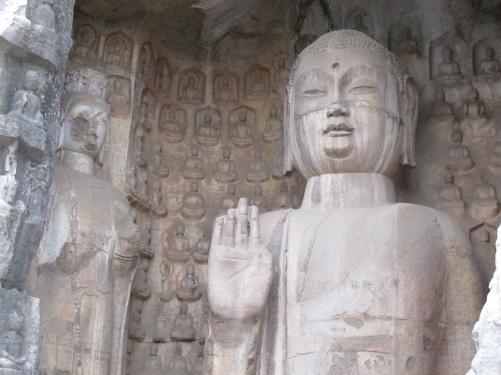
Tuo Shan (Camel-Mountain) featuring a collection of Buddhist grottoes
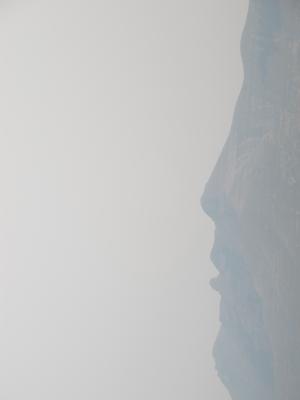
Mountains of Qingzhou or Buddha's face?
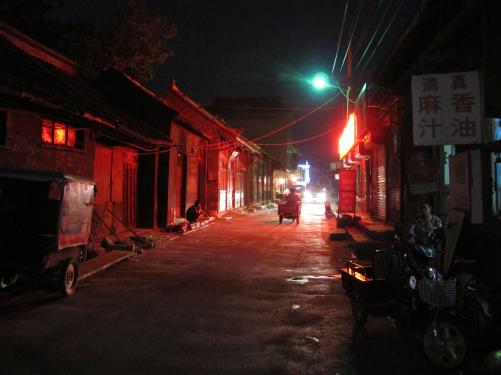
The end of a long day in Qingzhou

"Welcome in Qingzhou!"
For most of the people the ancient city of Chang'an, modern Xi'an, was the terminus of the ancient Silk Road. However, archaeological finds prove that this is not true. The trading routes went much further to the east, all the way to the coast of eastern China, even to Japan and Korea. The city of Qingzhou was one of those eastern trading centers where people from the Western Regions and Central Asia settled and integrated into the Chinese society.
Not only goods travelled along the ancient Silk Routes, but also ideas and religions. One of the most important archaeological finds was made on the premises of Qingzhou's Longxing temple in 1996. About 400 Buddhist sculptures, mostly dating from the 6th century, were accidentaly found during construction works. They were burried in an act of Buddhist piety in the first half of the 12th century, as a consequence to the persecutions initiated by teh Song dynasty emperor Huizong, a devoted Daoist.

"Venus of the East"

Sculpted or alive?

Buddhist sculpture from Qingzhou

Buddhist arhat or western knight?
Traces of Buddhism can not only be found inside the Qingzhou museum...

Tuo Shan (Camel-Mountain) featuring a collection of Buddhist grottoes

Mountains of Qingzhou or Buddha's face?

The end of a long day in Qingzhou
... ältere Einträge
